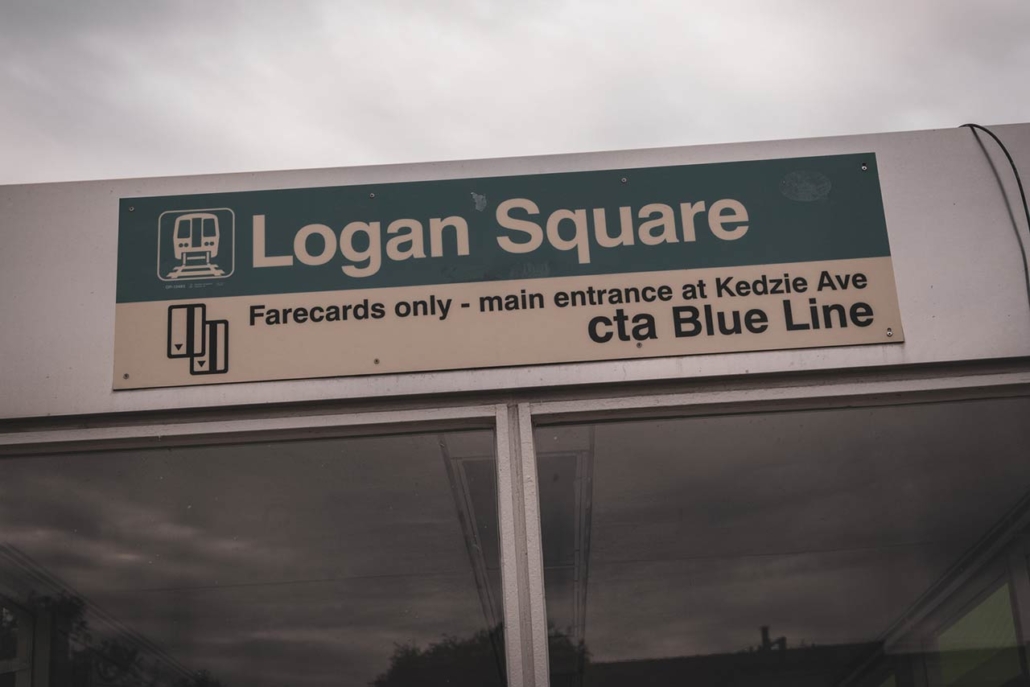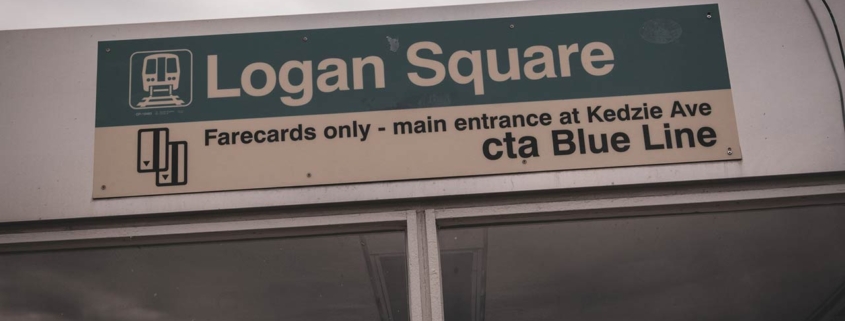Neighborhood News: Logan Square a mecca of trendy, arty, gracious living

As Choose Chicago notes, Logan Square is a thriving, multi-cultural community of arts organizations, intimate music venues, locally owned shops, trendy cocktail bars, and beyond. Its creative energy and urban vibe make it a go-to for locals looking for ’the next cool thing.”
The streets are bounded by the Metra/Milwaukee District North Line railroad on the west, the North Branch of the Chicago River on the east, Diversey Parkway on the north, and the 606 (also known as the Bloomingdale Trail) on the south. The area is characterized by the prominent historical boulevards, stately greystones and large bungalow-style homes.
Parks, Recreation and “Strolling the Boulevard”
The best way to see Logan Square is to “walk the boulevards.”
When you stroll down stately Logan Boulevard, you can visit the soaring Illinois Centennial Monument, built in 1918 to commemorate the 100th anniversary of Illinois’ statehood, and designed by the same architect who created the Lincoln Memorial in Washington D.C. It’s also home to the award-winning Logan Square Farmer’s Market, open May-October, which features some of the region’s best vendors.
One of the largest parks in Logan Square is Palmer Square Park. Spanning almost eight acres, and open from 6am until 11pm seven days a week, this outdoor space is a resident favorite. Whimsical and perfect for all locals, top amenities include a Velveteen Rabbit themed playground, a running track, and space to walk the dog.
History of Logan Square
Named for General John A. Logan, an American soldier and political leader, Logan Square was prairieland that was eventually bought up by private landowners, according to a WTTW-Channel 11 profile. The Encyclopedia of Chicago notes that, in the mid-1800s, railroads starting operating through Logan Square, and industry began to pop up as the neighborhood developed. Because the community was outside of the city’s fire limits at the time, the immigrant population grew after the Great Chicago Fire of 1871, since they were able to build homes with more affordable materials.
By 1889, according to a history by the University of Chicago, the entirety of Logan Square had been annexed by the city of Chicago, and the L train system made its way over to the neighborhood shortly thereafter. With the presence of an L station, more houses appeared along the main boulevards within Logan Square. The neighborhood had another significant bout of development after World War I when an influx of Poles and Russian Jews was followed by a boom in housing construction.
Decline and Rebirth
While the University of Chicago history notes that Logan Square, along with the rest of the city, experienced a decline in population in the 1930’s, beginning in the 1960s, Logan Square began to see an influx of Hispanic immigrants and residents, thus shifting the demographic of the population. By the 1990s, over two-thirds of Logan Square was Hispanic, with large Puerto Rican, Cuban, Central American, and Mexican populations. Alongside this steady stream of Hispanic immigrants, young professionals began purchasing property in the neighborhood.
The nearby presence of artist-heavy Bucktown also helped to spark regrowth and development. All in all, despite a period of deterioration, Logan Square returned to being one of Chicago’s many influential, diverse, and culturally rich neighborhoods.
Today
Choose Chicago notes that Logan Square is a mecca for seasonal, locally sourced meals at neighborhood favorite Lula Café, a pioneer of the farm-to-table movement, as well as housemade pasta at Daisies, refined Greek favorites in a lush atmosphere at Andros Taverna, rooftop tacos and margaritas at Lonesome Rose, and Alpine-inspired small plates on the hidden patio at Table, Donkey and Stick. Dean’s Team Chicago has reviewed several of these restaurants over the years, and liked them very much!
Finally, for a true nostalgia experience, catch a screening in a vintage movie house: the historic Logan Theatre. This vintage movie house opened in 1915 and has been revamped to include a cozy bar and lounge. The Logan, as the locals call It, screens everything from first-run films to cult classics to indie favorites. It also hosts the annual Chicago Underground Film Festival, the longest-running underground film fest in the world.
Alison Moran-Powers and Dean’s Team Chicago



